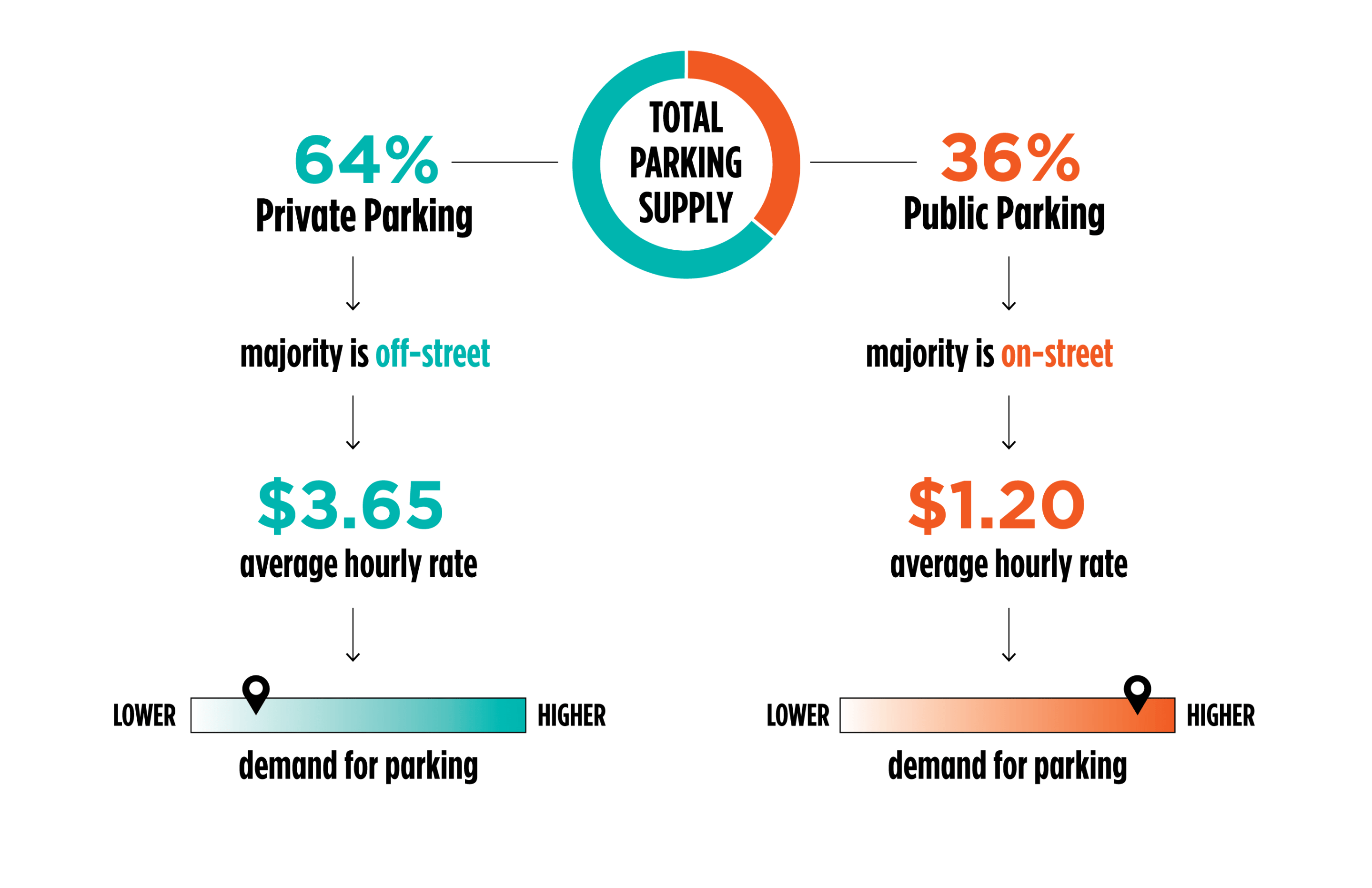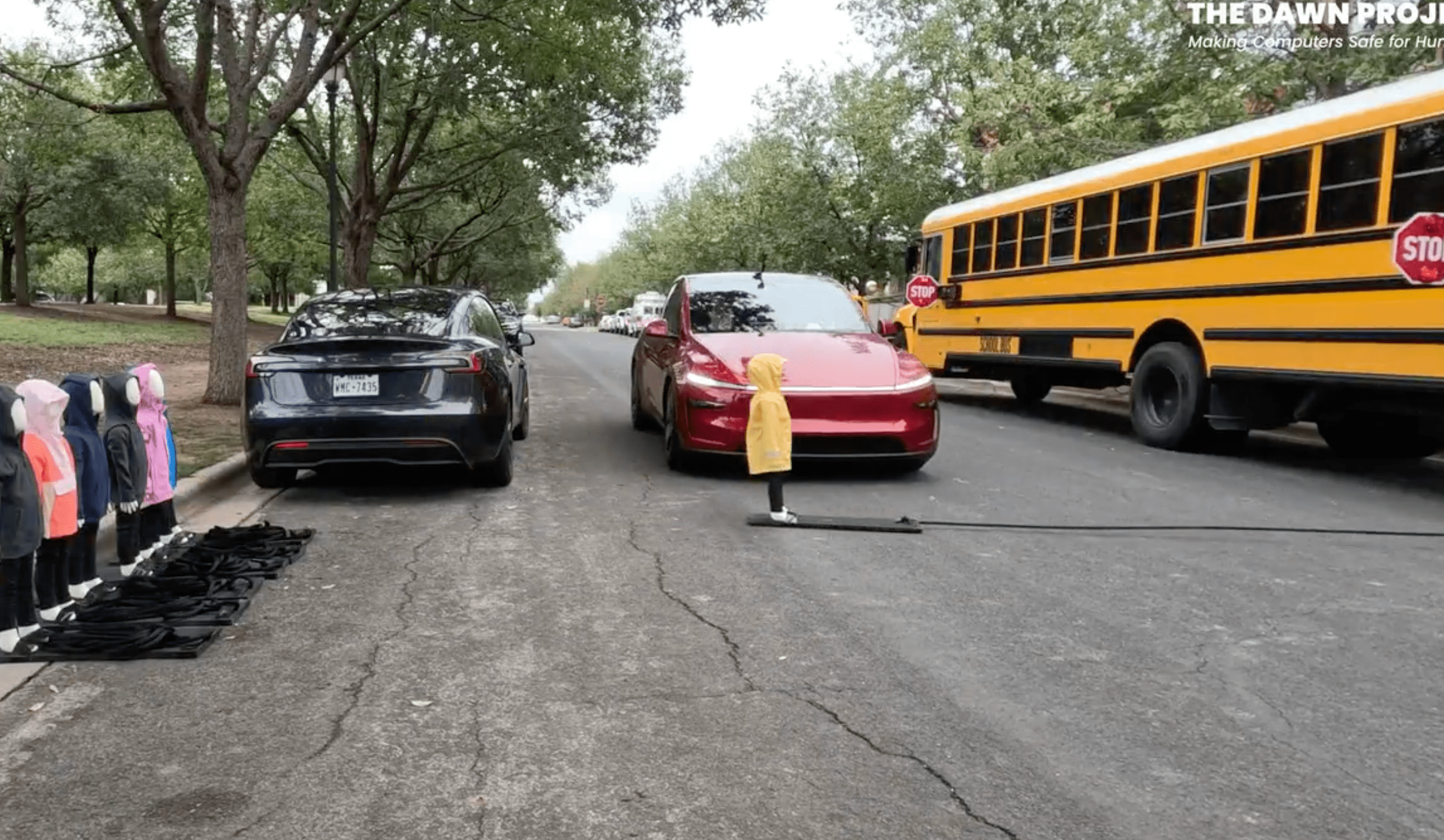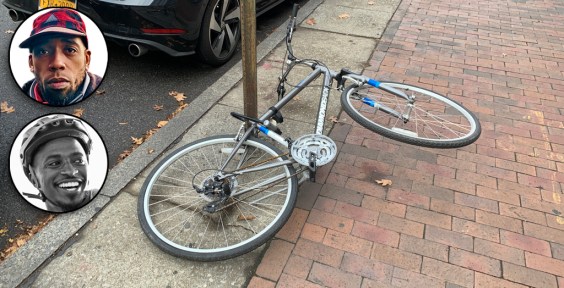Cities and towns are constantly fretting about downtown parking. But what they often perceive as a "parking shortage" isn't caused by a lack of parking -- it's the result of poor management of the parking they already have. The upshot is that many cities, seeking cheap and plentiful car storage, pursue policies that make their parking and traffic problems worse, not better.
So what should cities do to address a parking crunch? A downtown Austin business coalition aims to chart a better course.
First, a word about what not to do. There's seemingly no end to the counterproductive parking "fixes" some cities resort to. Seasonal free parking "holidays" are popular among merchants, but they often make it harder, not easier, for shoppers to find a place to park. And building new parking garages can leave cities on the hook for millions of dollars in subsidies and a whole lot of wasted square footage, sitting empty most of the time.
Before deciding on any course of action, a good first step is to gain an understanding of how much parking is actually available. That can then guide policies to manage and price the existing supply. The goal, according to a new study prepared for the Downtown Austin Alliance by NelsonNygaard, is to make sure that spaces are available when and where people need them.
“You can see that people are clamoring for certain spots, but not always for the spots that are available,” NelsonNygaard's Jen Gennari told Streetsblog.
In fact, there are 71,504 parking spaces in in downtown Austin, the report found -- enough to cover 650 acres, or about 490 football fields. (To put that in perspective, the downtown study area covers just over 1,200 acres.) Only 6,405 of these spaces are on the street. The bulk of downtown parking, 91 percent, is in off-street lots and garages. Of those, a quarter are always restricted to a property's residents, employees, or customers, while almost a third are always open to the public.
Although publicly-owned parking is mostly in high-demand curbside locations, it's among the cheapest available, with prices averaging just $1.20 an hour. Privately-owned spots, located off-street, are more than triple that, averaging $3.65 an hour.
Simply put, Austin's current parking prices are a mess. On-street parking should be priced just high enough to encourage turnover, the report recommends, and off-street lots should be opened up to the public, offering rates that appeal to people who need to park for a few hours, rather than a few minutes. Off-street parking should be thought of not as a private perk for individual buildings, but as a shared resource available to residents, restaurants, office workers, and other businesses as their parking needs ebb and flow throughout the day.
The report offers 19 recommendations for Austin to better manage its parking supply, covering everything from revising the zoning code to installing better signage to guide drivers looking for a space. The city can also help ease the parking crunch by making it easier for off-street parking lot owners to open up their spaces as shared parking, while providing transit, walk, and bike options so people don't need to find parking in the first place, the report says.
"No single one of those strategies is a silver bullet, and so what we need to work on is over a number of years, working on each of those strategies to solve for the problem that we face with parking downtown," Dewitt Peart, president and CEO of the Downtown Austin Alliance, told KUOW. "Really what we want to do is begin showing success and building momentum on this."
Austin isn't alone in needing a better parking strategy. Last November, Boston's business advocacy group released a parking inventory and policy guide, also authored by NelsonNygaard [PDF].
And a 2014 NelsonNygaard study of 27 mixed-use districts around the country found that parking is oversupplied, on average, by 65 percent. Nearly half of the places that claim "parking shortages," the report found, have too many spaces.
"The evidence suggests that parking is routinely oversupplied in mixed-use districts, [which]... may benefit more from robust parking management than from increasing supply," the authors wrote. "The normal relationship between supply and demand seems to be irrelevant -- parking is supplied at such levels that many places have over-accommodated maximum demand."






